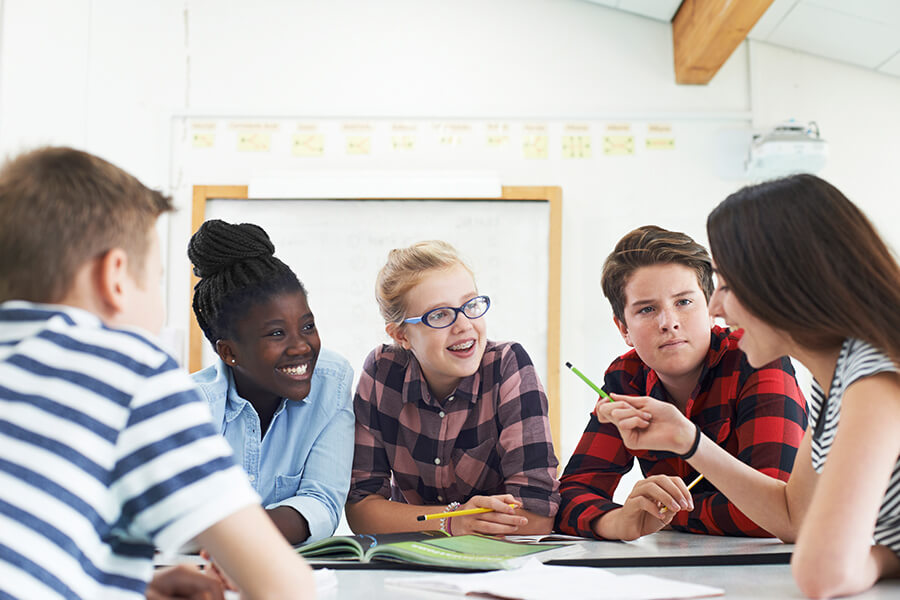X




Social competence refers to one’s ability to make positive contributions to their community and society, and their ability to cooperate well with others.
Emotional competence refers to one’s ability to identify and understand their emotions and how those emotions can impact their thoughts, behaviors, and attitude. It involves understanding that emotions can be processed so one can remain calm, focused, and successful even in the face of negative feelings.



